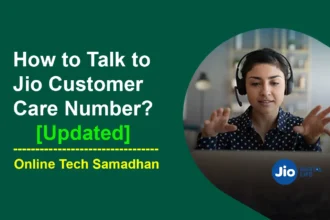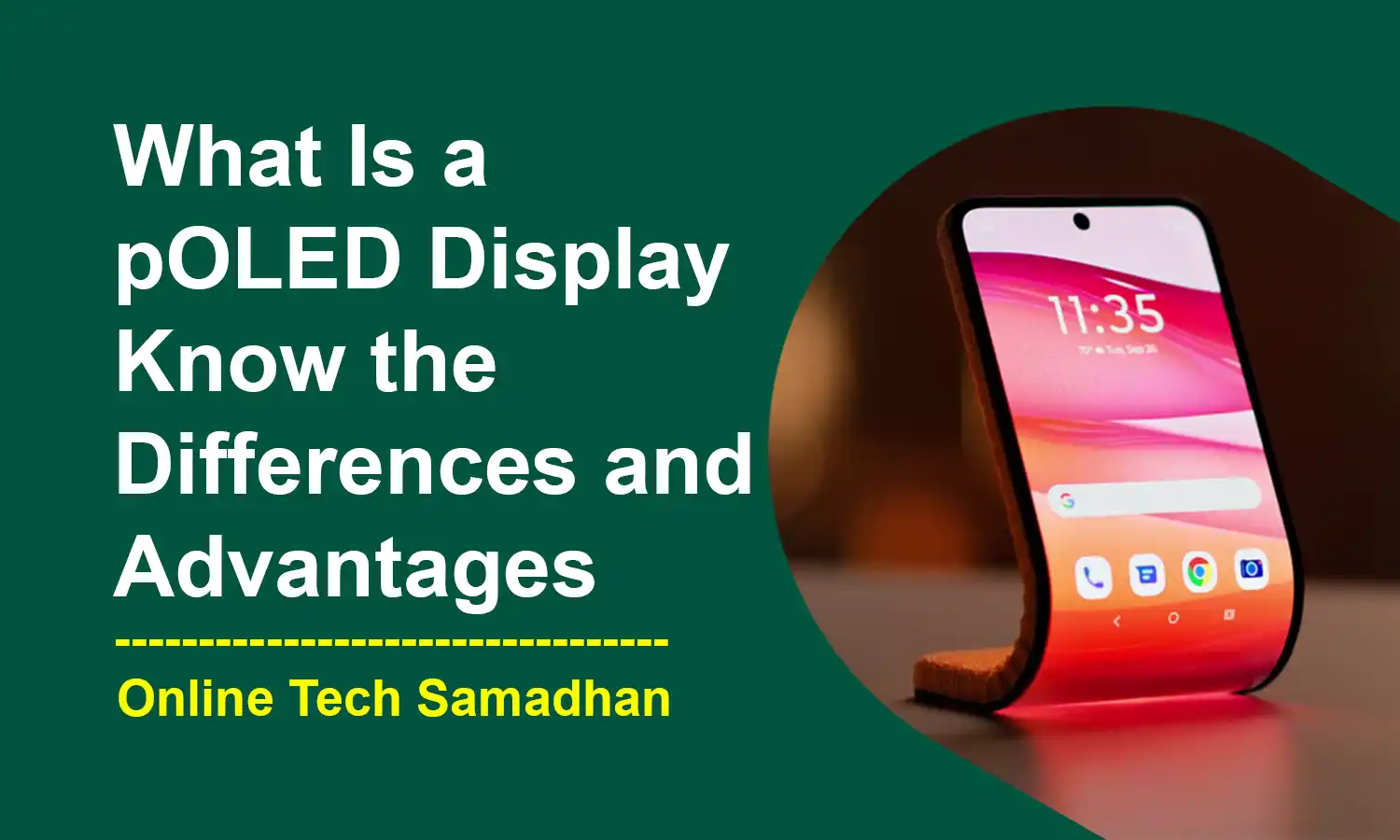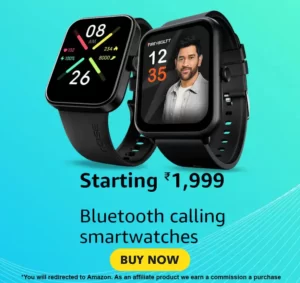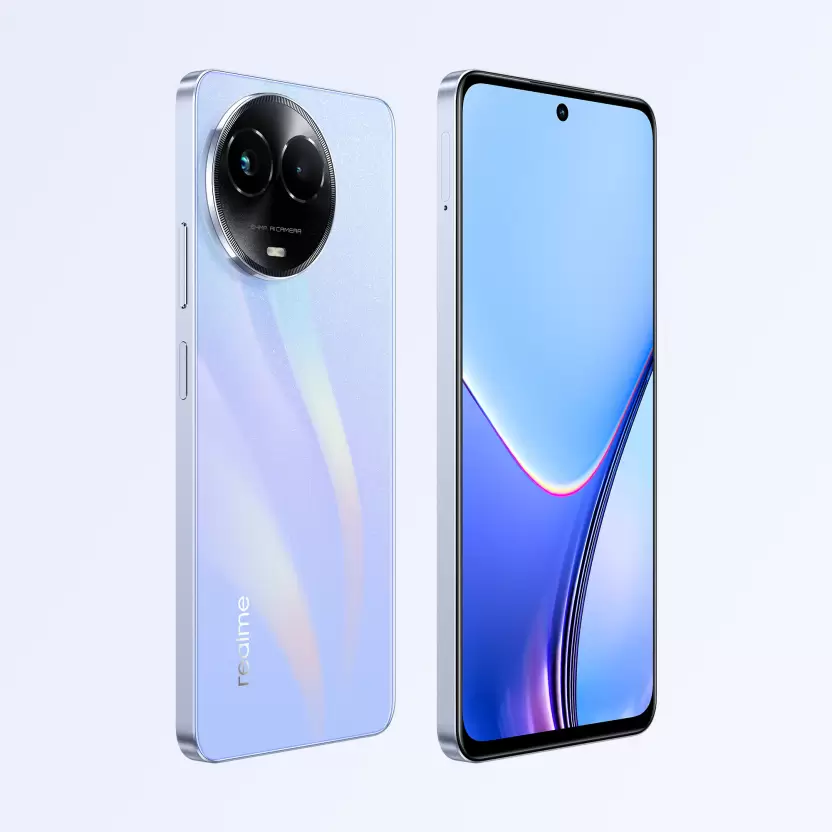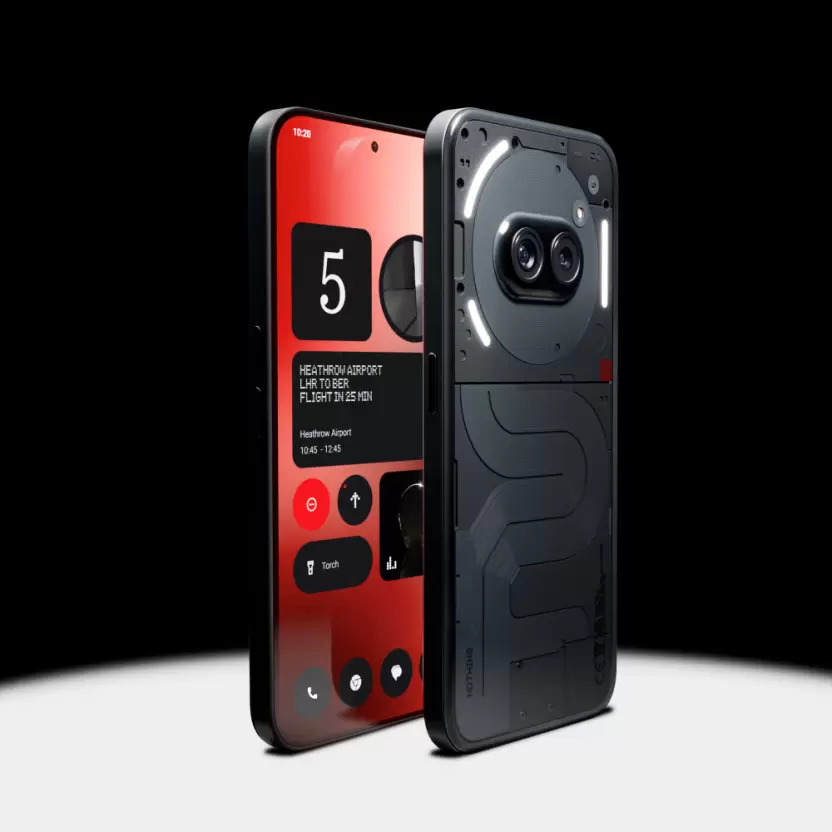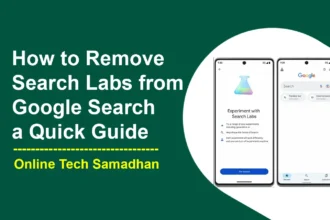The Evolution of Displays: What Makes pOLED Display Stand Out?
Should you upgrade to a pOLED Display with your next smartphone? Well, A pOLED display is essentially an extremely strong and flexible screen that can bend without breaking. It also lightens and strengthens your phone. Why, though, would you desire it? Playing games and watching movies looks fantastic thanks to pOLED displays. Additionally, they are more scratch-resistant and less prone to break, extending the life of your phone’s appearance. You’ll have a more colorful, challenging, and cooler experience as a result!
What Is a pOLED Display?
pOLED display is a special kind of screen that’s super flexible and durable. It is an acronym for “plastic OLED.” It features a plastic base in place of the typical glass. The screen may be bent and even folded without breaking thanks to this material.
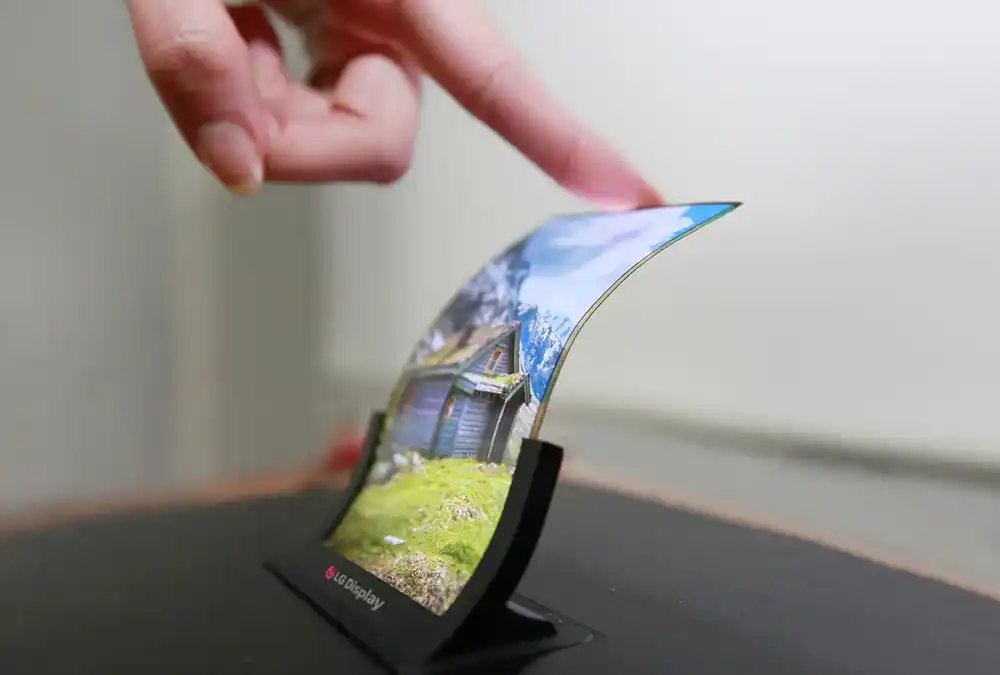
pOLED screens are more flexible, lighter, and thinner than traditional screens as a result of this plastic magic. Images are shown crisply and sharply, much as on TVs and phones. However, a few twists and turns are nothing for these pOLED screens to manage!
You May Love To Read
Features of pOLED Displays
Here are some of the key features of pOLED displays:
pOLED displays are built of flexible plastic, which allows them to roll up and bend without breaking. ideal for gadgets that must be folded or transported.
Toughness: Compared to ordinary screens, they are more robust. They are less sensitive to getting damaged or scratched and do not break easily when dropped.
Thin & Light: pOLED displays are incredibly light and thin, making them ideal for portable devices like phones and tablets.
Superb Contrast: They display incredibly bright whites and dark blacks, which enhances the visual appeal of images, games, and movies.
Bright Colors: pOLED displays have a large color gamut, which makes them ideal for viewing HDR content with more realistic tones.
Fast Reaction: These panels display pictures without ghosting or blurring, which is fantastic for gaming and other applications that require quick reactions.
You May Love To Read
- How to Apply for WB Bhavishyat Credit Card Scheme Online?
- Top 13 Best MyLiveCricket Alternatives for World Cup Live
- Aditya Birla Health Insurance Hospital List in India
- How to Add Storage to Firestick: Add More Storage to an Amazon Fire TV Stick
- How to Create Animated Email Signature: A Step-by-Step Guide
Reasons Why You Shouldn’t Go a for pOLED Display
While pOLEDs offer great display quality, there are some reasons why you might not want to go for one:
Image Sticking: When a picture disappears from the screen, pOLEDs may experience image sticking. This occurs when an image, such as a menu bar or logo, is left untouched over an extended period of time. With high-contrast items on phones, it’s easier to see.
Expensive: pOLED screens are more expensive than standard LCD screens. You may have to spend a lot more on a gadget with this sort of screen because they are more difficult to make and require more expensive materials.
Tricky to Make: Manufacturing pOLEDs is more difficult than producing LCDs, so in certain cases, fewer flawless panels may be produced, driving increasing costs.
Blue Light: The blue light produced by pOLEDs might interfere with your sleep and cause eye fatigue. Because blue light is so stimulating, it can disrupt the chemicals that promote sleep.
Which Smartphones Currently Use pOLED Displays?
pOLED displays’ higher picture clarity, flexibility, and durability have made them more and more popular in recent years. The following smartphones are equipped with pOLED screens at the moment:
- Samsung Galaxy Z Flip 4
- Samsung Galaxy Z Fold 4
- Google Pixel 7 Pro
- Motorola Razr 2023
- LG Wing
- Nokia 9 PureView
- LG V30
- Google Pixel 2 XL
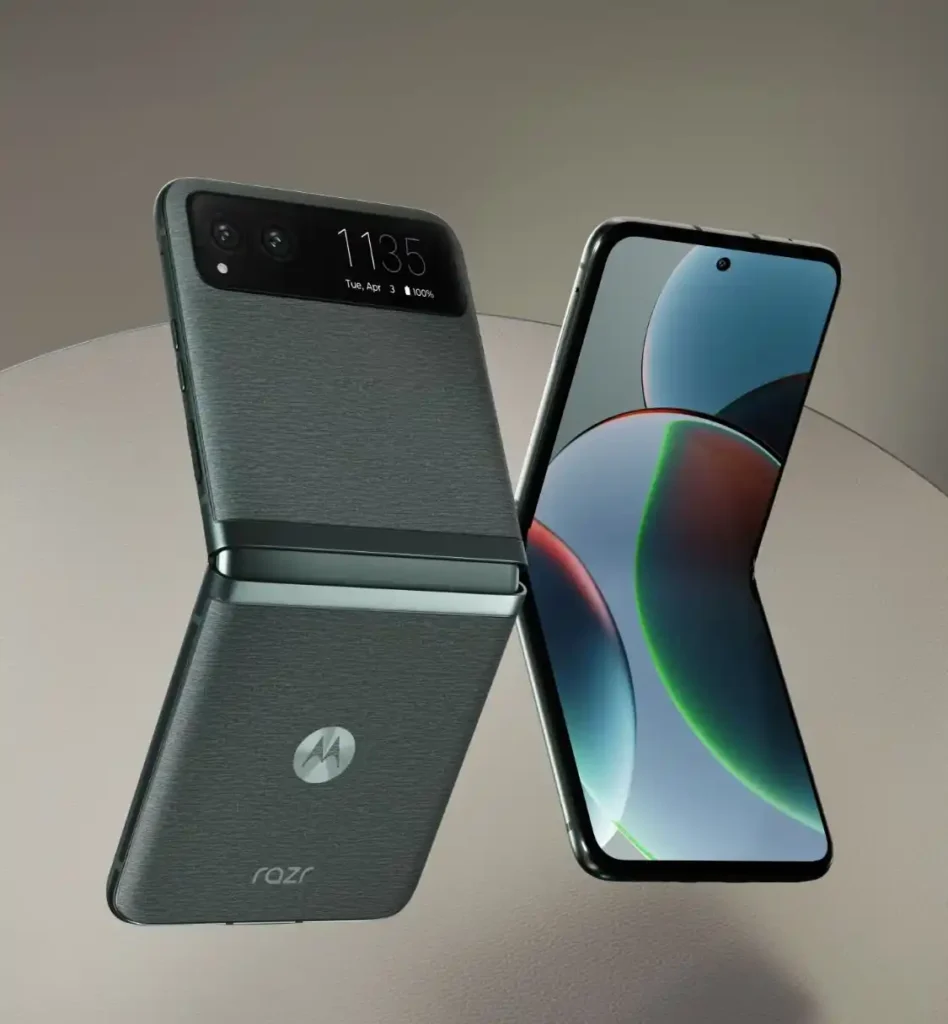
There are several more smartphones featuring pOLED screens; these are only a small number of them. There’s a good chance that even more smartphones will employ pOLED screens in the future because of their growing availability.
pOLED vs AMOLED Displays
| Feature | pOLED | AMOLED |
|---|---|---|
| Substrate | Plastic | Glass |
| Flexibility | Flexible | Rigid |
| Durability | More durable | Less durable |
| Thickness | Thinner | Thicker |
| Weight | Lighter | Heavier |
| Image Quality | Similar | Better |
| Efficiency | Less efficient | More efficient |
Which Display is better, POLED or AMOLED?
Screens made of POLED (Plastic OLED) are extremely flexible and durable. Because they can bend without breaking, they work well with foldable gadgets. They have a lower chance of developing burn-in, or permanent blemishes on the screen.
Active Matrix OLED (AMOLED) panels often display more colors and have deeper blacks. Plus, they consume less energy. However, they lack POLED displays’ strength and flexibility. They may be a little heavier and thicker.
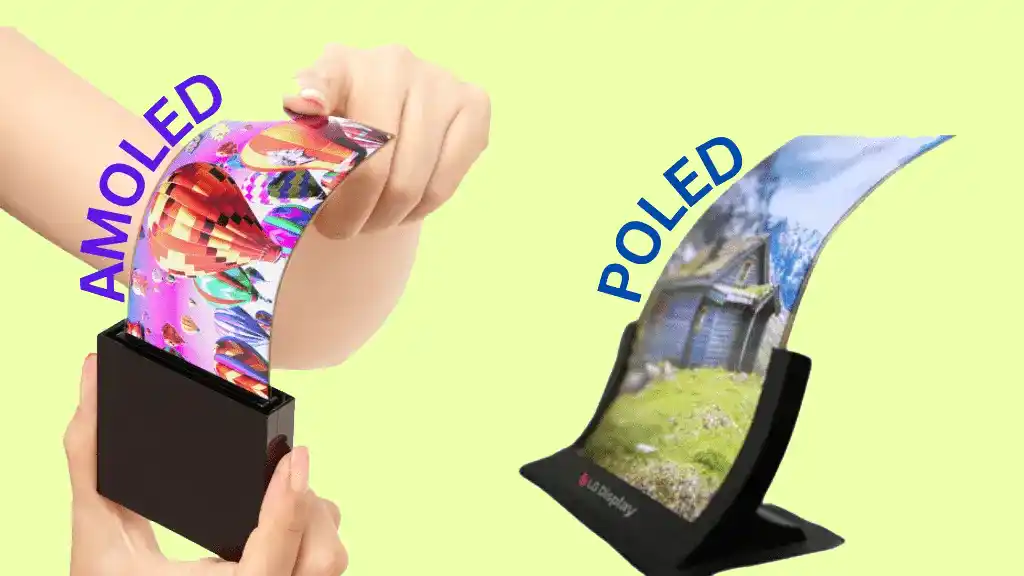
Therefore, choose POLED if you want a screen that will flex yet still be durable. But AMOLED might be the best option if you’re looking for excellent image quality and battery efficiency!
POLED or AMOLED Which is better for Eyes?
When compared to standard LCD panels, both POLED and AMOLED screens may be more visually pleasing. However, a lot of things depend on how your eyes respond to them. OLED panels can still cause headaches and eye strain in certain people because of blue light or pulse width modulation (PWM) sensitivity.
There are a couple of things you may do if you’re having problems, such as adjusting the screen’s brightness or looking into different display options that could be easier on your eyes. Since every person’s eyes are unique, figuring out what works best for you is important!
Final Word
pOLED screens are comparable to phone screen superheroes. They display color like a pro, are very flexible, and are resistant to fractures and scratches. They provide strength, brightness, and coolness to your smartphone experience. The pOLED phone is the best option if you’re looking for a robust, stylish, and color-displaying phone!
Some people aren’t happy with the plastic screens on these devices. They can get scratched easily and look not so nice after a while. This makes us wonder if they’ll last a long time and if they’ll keep looking good. But it’s all about what you like more.



